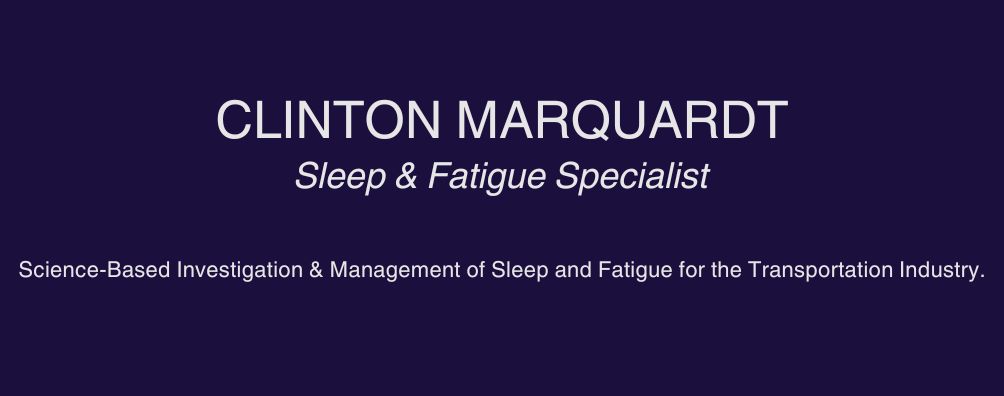 Sleep Apnea is a disorder where a person stops breathing several times while asleep. Each cessation of breath, or apneic episode, lasts at least ten seconds and is often associated with a decrease in the amount of oxygen in the person’s blood. Some people will actually stop breathing for more than a minute at a time. Sleep apnea can have detrimental effects on sleep and daytime functioning. People with sleep apnea complain of Excessive Daytime Sleepiness (EDS) or insomnia, and most of these sufferers are unaware of what is causing their problem.
Sleep Apnea is a disorder where a person stops breathing several times while asleep. Each cessation of breath, or apneic episode, lasts at least ten seconds and is often associated with a decrease in the amount of oxygen in the person’s blood. Some people will actually stop breathing for more than a minute at a time. Sleep apnea can have detrimental effects on sleep and daytime functioning. People with sleep apnea complain of Excessive Daytime Sleepiness (EDS) or insomnia, and most of these sufferers are unaware of what is causing their problem.
Quick Apnea Facts:
- Apneas usually occur during stages 1, 2 and REM
- Apneas are rare during stages 3 & 4
- Apneas are more severe during REM due to the natural loss of muscle tone in this stage
- Each apnea episode usually ends in an arousal or awakening that fragments sleep
- The person often awakens in the morning feeling tired and unrefreshed
Sleep apnea has the following effects on sleep:
- Frequent arousals and awakenings
- Increase in the amount of time spent in stage 1 sleep
- Decrease in stage 2 sleep
- Decrease in stages 3 & 4 (resulting in non-restorative sleep)
- Decrease in REM
During an apnea, blood oxygen levels decline and blood pressure and blood carbon dioxide levels increase. Sleep apnea can also result in cardiac arrhythmias. Most often, the heart slows while the person stops breathing and increases when the apneic episode ends. This is known as a sinus arrhythmia and is called bradytachycardia.
Sleep apnea is more common in men than women and the prevalence increases with age. There are three kinds of sleep apnea:


